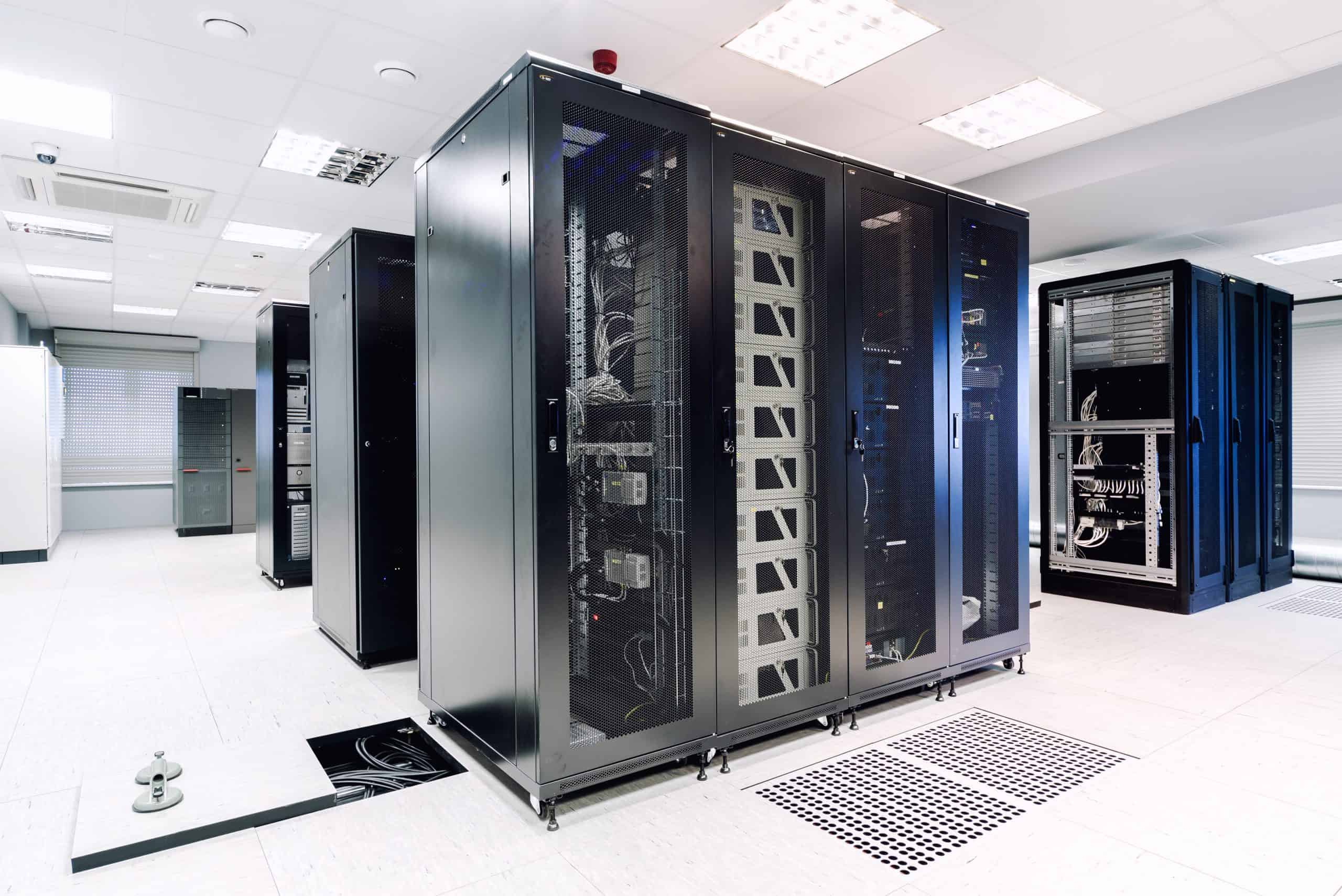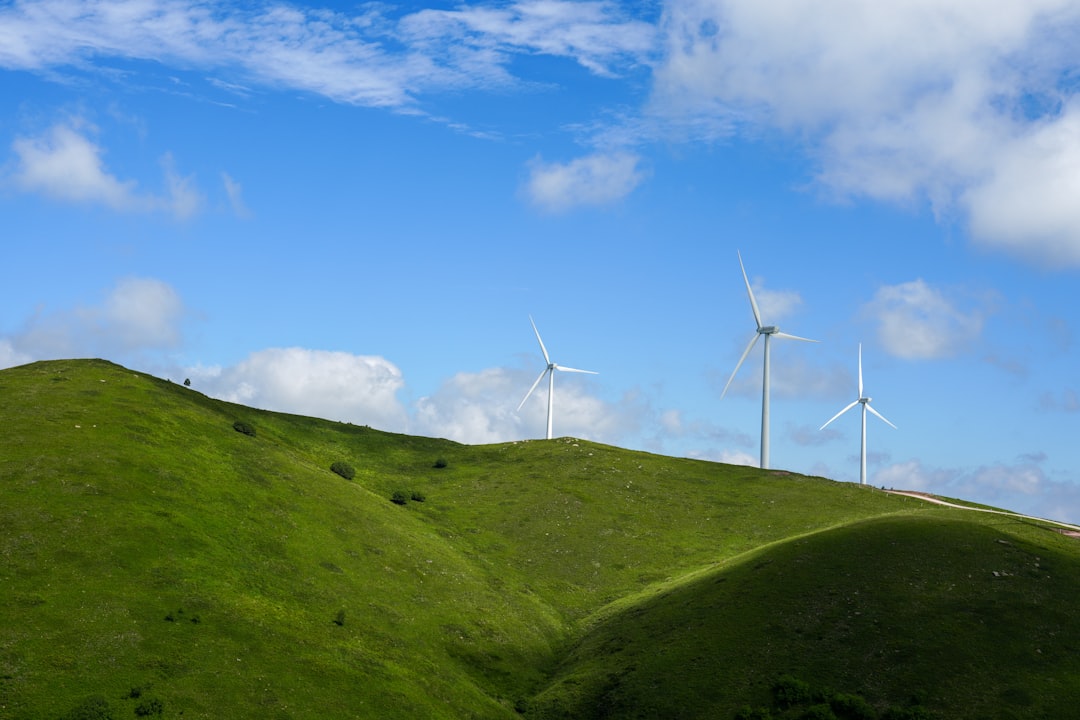Microsoft Gradient Canopy: What Is It and Why It Matters
In the evolving landscape of cloud computing, artificial intelligence, and data analytics, Microsoft continues to shape the future with groundbreaking innovations. One such innovation that has been gaining attention in recent times is Microsoft Gradient Canopy. Though it might not be a household name yet, it is a critical piece of Microsoft’s broader strategy to redefine large-scale computing and infrastructure efficiency. But what exactly is Gradient Canopy, and why should businesses and technology leaders care about it?
What is Microsoft Gradient Canopy?
Microsoft Gradient Canopy is a next-generation system for managing and optimizing the infrastructure that supports data centers and cloud services. At its core, it is a blend of hardware, software, and artificial intelligence designed to enhance the performance, sustainability, and cost-efficiency of massive cloud computing environments. Think of it as a high-tech, AI-powered ecosystem that “covers” Microsoft’s data operations—hence the metaphorical name, “Canopy.”
While Microsoft has not officially released an exhaustive technical breakdown of Gradient Canopy, careful observation of public announcements, developer notes, and industry chatter offers a fair picture of what it entails. It is designed to abstract and automate large-scale infrastructure management through a combination of telemetry data, predictive analytics, and adaptive orchestration.

The Purpose Behind Gradient Canopy
To appreciate why Gradient Canopy matters, it’s essential to understand the challenges it is designed to solve. Modern data centers must handle:
- An ever-growing volume of data
- Complex workloads, including those driven by AI and machine learning
- Environmental concerns, such as energy consumption and heat dissipation
- Rising operational costs and logistical complexity
Traditional approaches to dealing with these issues involve static systems that require significant manual oversight. That’s where Gradient Canopy steps in to revolutionize how data centers operate by introducing a dynamic, automated, and intelligent system.
Key Features of Gradient Canopy
According to available sources and Microsoft’s typical architectural methodologies, Gradient Canopy combines multiple sophisticated elements, including:
1. AI-Powered Decision Making
Gradient Canopy leverages machine learning models to predict infrastructure needs based on workload patterns. This could mean proactively allocating compute resources where they’re most needed or shutting down sections of a data center when they’re underutilized to save energy.
2. Intelligent Telemetry
Microsoft’s infrastructure provides real-time telemetry data on performance and utilization. Gradient Canopy aggregates this data to offer actionable insights. It goes beyond monitoring to interpretation and response, almost like an AI brain for the cloud.
3. Adaptive Resource Allocation
By understanding patterns and demands, Gradient Canopy shifts resources—compute, storage, and even cooling—in real time. This minimizes energy waste and ensures that resources are utilized efficiently.
4. Sustainability at the Core
Sustainability is not just a feature; it’s a guiding principle. Gradient Canopy contributes to Microsoft’s commitment to being carbon negative by 2030, optimizing energy use across its global data center network.
Why Gradient Canopy Matters
The importance of Gradient Canopy stretches across technological, environmental, and economic dimensions. Here’s how it impacts the larger ecosystem:
1. Boosting Cloud Efficiency
As more businesses undergo digital transformation, demand for cloud services skyrockets. Gradient Canopy ensures that the infrastructure can scale efficiently, providing computing power where and when it is needed most without massive overhead.
2. Driving Innovation
By automating resource management and infrastructure behavior, Gradient Canopy frees up engineers and developers to focus on innovation rather than infrastructure troubleshooting. This could accelerate testing, deploying, and adjusting high-value applications from AI models to IoT systems.
3. Reducing Environmental Footprint
With the climate crisis escalating, data centers—some of the largest energy consumers globally—must find ways to reduce their footprint. Gradient Canopy’s smart management techniques contribute directly to energy efficiency and lower emissions.
4. Lowering Operational Costs
Operating traditional data centers is expensive. Through predictive management and efficiency boosts, Gradient Canopy helps reduce both fixed and variable costs, making high-performance computing more affordable and sustainable.

How Gradient Canopy Aligns with Microsoft’s Vision
Gradient Canopy isn’t just another internal tool—it’s a strategic cornerstone of Microsoft’s broader vision for the future of cloud infrastructure. Microsoft Azure, one of the world’s biggest cloud platforms, stands to benefit directly from this level of advanced resource orchestration. This innovation aligns seamlessly with Microsoft’s goals to:
- Offer industry-leading cloud performance
- Maintain high levels of data security and compliance
- Achieve carbon negativity by 2030
- Lead technological innovation in AI and quantum computing
And while Gradient Canopy is deeply technical, its benefits will be felt by everyday users—more reliable app performance, less latency, and greener technology footprint.
The Future Impact and Industry Implications
The introduction of Gradient Canopy could influence not just Microsoft, but the broader world of cloud providers and hyperscale data operators. Here’s what this might look like:
Standardizing Intelligent Data Infrastructure
If successful, Gradient Canopy could become a template for similar intelligence layers in data centers worldwide. It sets the standard for smart infrastructure that not only supports growth but does so responsibly.
Partnership Opportunities
Service integrators, ISVs (Independent Software Vendors), and hardware providers can leverage Gradient Canopy as part of collaborative initiatives, building smarter apps that cooperate with the underlying infrastructure.
Enhanced Competitiveness
With a more agile and efficient cloud infrastructure, Microsoft is better positioned to compete with AWS and Google Cloud, particularly in areas like AI, machine learning, and enterprise-scale data solutions.
Implications for Developers and Enterprises
As Microsoft gradually opens access or aspects of Gradient Canopy through Azure APIs or SDKs, developers and enterprises could create custom integrations to make their software more responsive and resource-efficient—offering performance boosts without additional costs.
Conclusion
Microsoft Gradient Canopy represents a critical step in the evolution of how we manage cloud and data infrastructure. Driven by artificial intelligence and a commitment to sustainability, it embodies the future of computing—one that is intelligent, adaptive, and environmentally responsible.
While much of Gradient Canopy’s inner workings are still under wraps, its potential impact is clear and far-reaching. As organizations continue to depend more heavily on digital services, technologies like this will serve as the invisible forces ensuring reliability, performance, and future readiness.
In the grander picture, Gradient Canopy may be more than just a Microsoft innovation—it could be a cornerstone of the intelligent infrastructure revolution.
- How to Meet and Exceed Expectations: Professional Growth - December 11, 2025
- Using Tolowercase Javascript on Strings - December 10, 2025
- Is Your Anti-Virus or Firewall Blocking Legitimate Apps? — How Security Software Can Interfere with Downloads & What Settings to Check - December 10, 2025
Where Should We Send
Your WordPress Deals & Discounts?
Subscribe to Our Newsletter and Get Your First Deal Delivered Instant to Your Email Inbox.



